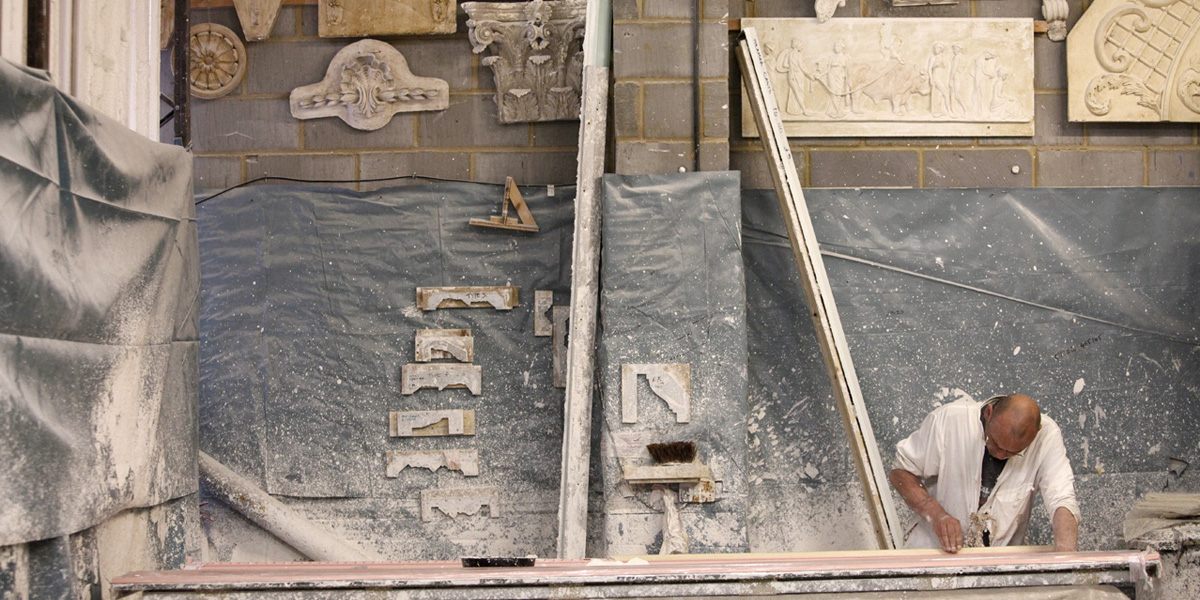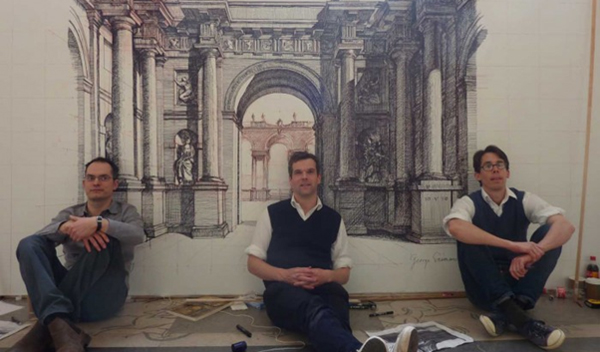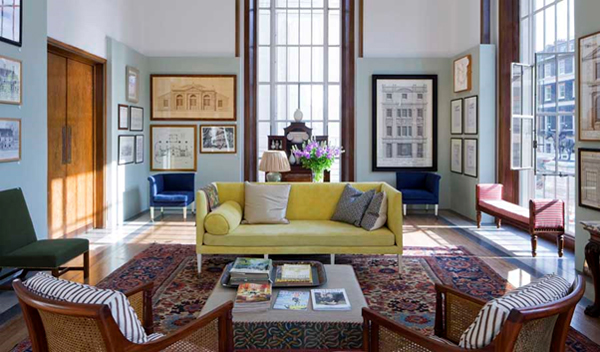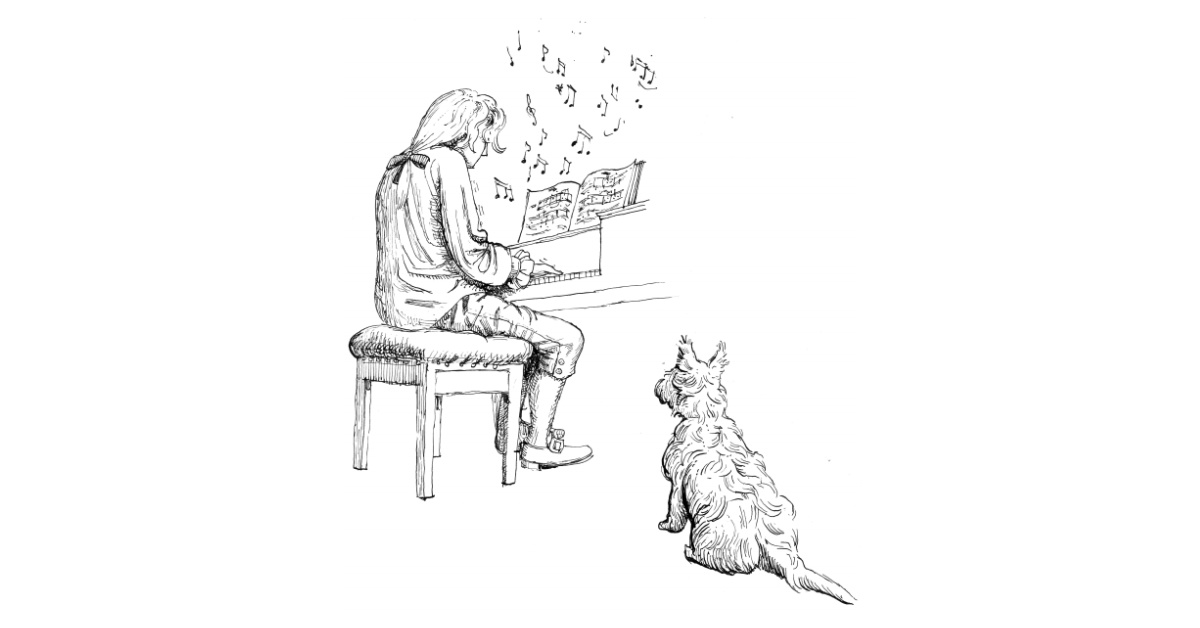The RIBA’s Traditional Architecture Group
TAG Chairmanship
I have recently taken on the chairmanship of the Traditional Architecture Group (TAG). This society was formed fifteen years ago, as a linked group to the Royal Institute of British Architects (RIBA), with the intention of promoting traditional architecture within both the profession and the wider community.
I am excited about leading the society at a time when people are increasingly looking towards traditional architecture to provide answers for contemporary concerns. Traditional urbanism is broadly seen as a good way to design towns. The benefits of traditional materials are now being taken seriously as plastic is threatening to fill the oceans and people realise the problems with modern alternatives. Additionally, the homogenous nature of many contemporary buildings has given architects a desire to design buildings with more interest and with this, there has come a revival of the many languages of traditional architecture and ornament.
The very existence of TAG is evidence of the change that has happened in architecture in recent times. Like anything genuinely new in the arts, the resurgence of traditional architecture was met with hostility and ridicule by the profession at large. The traditionalists became defensive of their position, which led to a hardening of views on both sides. Each side was on a moralising crusade, which did not benefit anyone. As any good student of architectural history would know, it was ever thus. During the 18th century, the Palladian, Colen Campbell saw baroque as likely to "debauch Mankind" and in the 19th century, Pugin and Ruskin wasted a lot of time arguing that Classicism was pagan, and therefore 'bad', while Gothic was Christian hence 'good'.
As time progressed the establishment became increasingly open to the valuable lessons of traditional architecture and traditionalists realised that modernism isn't all bad. Today most intelligent people see the ideas behind traditional buildings as a valid approach. How these ancient forms adapt themselves to modern life is the struggle of every TAG member. It is impossible to design as if the past hundred years had not happened in the same way that it would be impossible to design without some reference to ideas before modernism. It seems glaringly obvious to me that we are all a mash up of varied influences from various periods. Some things we like are very ancient - like the taste of fish cooked on an open fire or the peace one feels looking at a setting sun; other things we enjoy, like the Internet, aeroplanes and air conditioning are more recent inventions. We pick and choose different things from different stages of history to suit our needs and every work of architecture does the same.
It is not a matter of which side you are on but rather is the building good? This is a far harder question, demanding real judgment and lack of prejudice. This change in attitude did not come around by accident. Many people, including the membership of TAG, have been working a way to ensure that the case for traditional architecture is heard and not ignored. Many people have been committed to this cause including both of my former Chairs - Jan Maciag and Alireza Sagharchi - as well as Robert Adam who, through his involvement with the RIBA, allowed TAG to be formed.
Evidence of this change can be seen in 2010 when my friends, Ben Pentreath and George Saumarez Smith, and I had a joint exhibition at the RIBA. Despite our classical tendencies, we were welcomed with open arms by the then president, Ruth Reed. It is within this positive context that TAG now operates and I am delighted to be the new chair. Building on this I would like to continue promoting traditional architecture as an essential part of contemporary design.






